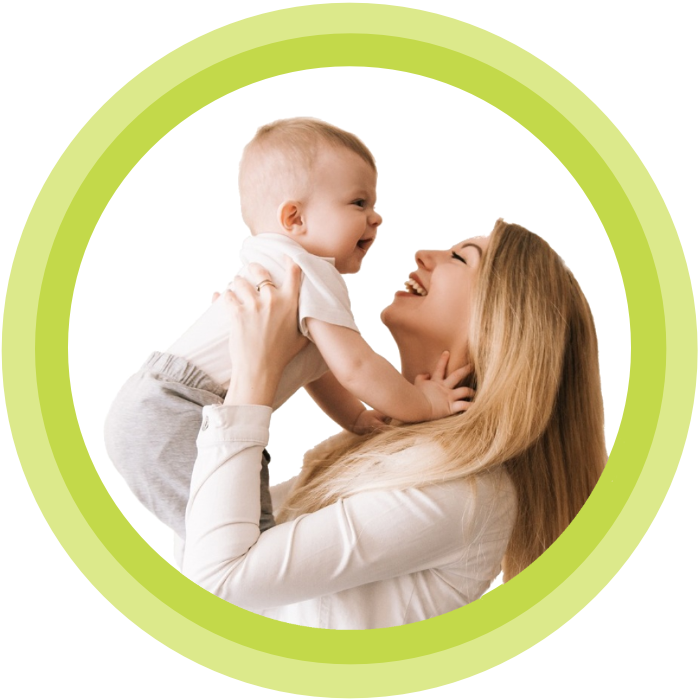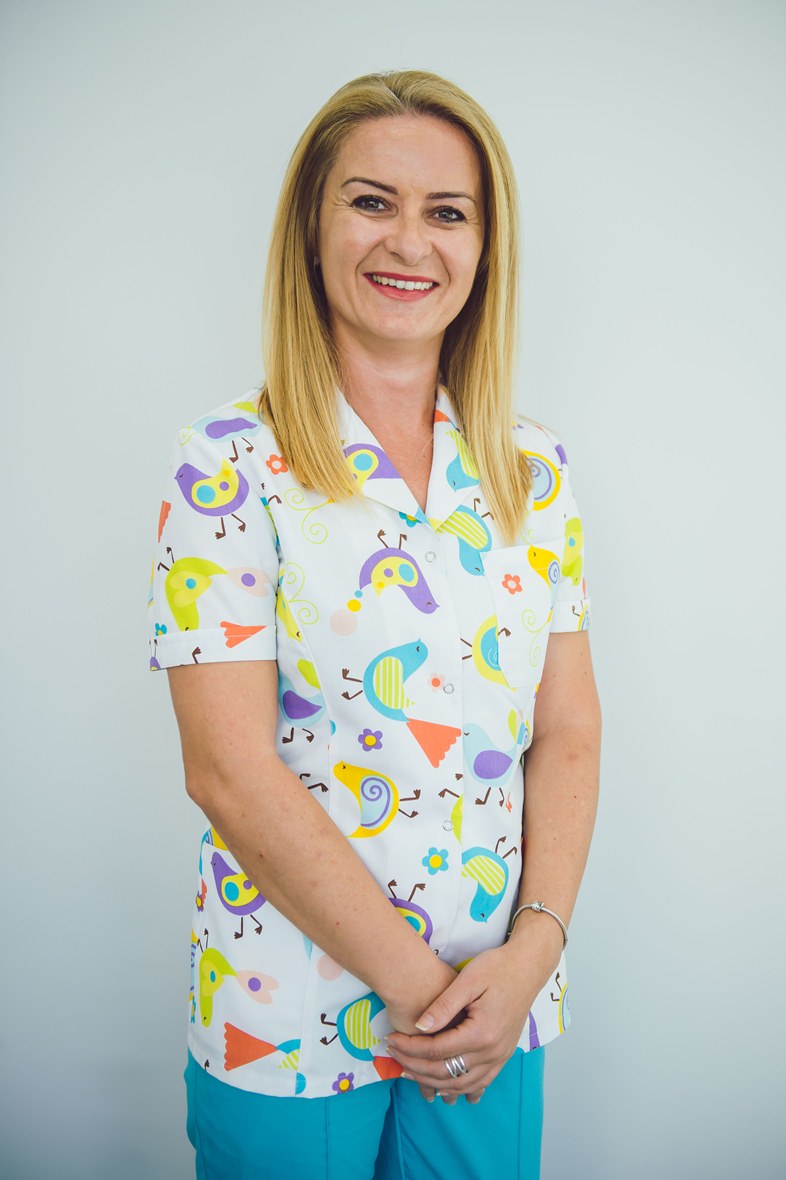Febrile seizures (febrile convulsions or cramps) can occur when a child has a high fever.
Febrile seizures usually last 2 to 3 minutes. Seizures that last more than 10 minutes are rare. They usually affect children between the ages of 6 months and 6 years, and most often occur between the ages of six months and three years.
About one in 20 children will have at least one febrile seizure at some point.
There are two main types of febrile seizures:
Simple febrile seizures
Simple febrile seizure is the most common type of febrile seizures and accounts for about 8 out of 10 cases. During the seizure, the symptoms usually include stiffening of child’s body, twitching arms and legs, and the child losing consciousness. Some children may urinate involuntarily. Febrile seizure lasts less than 15 minutes and does not reoccur within 24 hours or during the same period of illness.
Complex febrile seizures
Complex febrile seizures are less common and account for 2 out of 10 cases. A complex febrile seizure is any seizure that has one or more of the following characteristics:
- seizure lasts longer than 15 minutes,
- your child has symptoms in only one part of the body (known as a partial or focal seizure),
- your child has another seizure within 24 hours of the first seizure or during the same period of illness,
- your child does not fully recover from the seizure within an hour.
Almost all children fully recover after a febrile seizure.
Frequency within the family
History of febrile seizures in the family is considered to increase the risk of seizures for the child. If one of child’s closest relatives (mother, father, sister or brother) had febrile seizures, the child's risk of seizures increases. The more relatives affected, the greater the risk. This is probably the result of one or more genetic mutations that the child inherits from their parents, which makes them more susceptible to seizures.
Associated infections
Most febrile seizures occur when a child has a fever caused by an infection. The most common infections associated with febrile convulsions are:
- viral infections,
- middle ear infections,
- angina,
- urinary tract infections (UTI),
- gastroenteritis – infection of the digestive tract,
- lower respiratory tract infections, such as pneumonia and bronchitis.
Recurring febrile seizures
We cannot influence the recurrence of febrile seizures.
Research has shown that the use of medications for controlling body temperature is unlikely to prevent further recurrence of febrile seizures.
However, there may be exceptional circumstances in which medication is recommended to prevent recurring febrile seizures. For example, children may need medication if they have a low threshold for seizures during illness, especially if seizures last long. In that case, your child may be prescribed medication that should be taken at the start of the fever.
Children who have had a febrile seizure after routine vaccination (which is very rare) are not at greater risk of having another seizure, compared to children who have had a seizure due to fever caused by something else.
What to do if your child has a febrile seizure?
A febrile seizure can be scary, but it is unlikely to harm your child or cause long-term consequences.
If your child has a febrile seizure, lay them on the side, on a soft surface, with their face turned to one side. This will prevent them from swallowing regurgitated content, keep the airway open and prevent injury. Stay with your child and try to monitor how long the seizure lasts.
After the seizure is over, place the child in the recovery position and make sure there is nothing in their mouth or throat that could affect their breathing. Do not try to lower the child's temperature by removing clothes or with cold water.
Do not put anything, including medicine, in your child's mouth during a seizure, as there is a small chance they will bite their tongue.
Treatment of febrile seizures
Most febrile seizures do not require treatment. However, your child will need to be examined in the hospital after the first febrile seizure. They may also need to stay in the hospital for a short time. Your child may require some tests, including blood and urine analysis and other necessary diagnostics following a doctor's examination and evaluation.
Treatment of recurrent febrile seizures
Very rarely, your child may continue to have febrile seizures. If this happens, the doctor can prescribe a medicine in case the seizure recurs, and tell you how to administer the medicine and what to do at that given moment.

